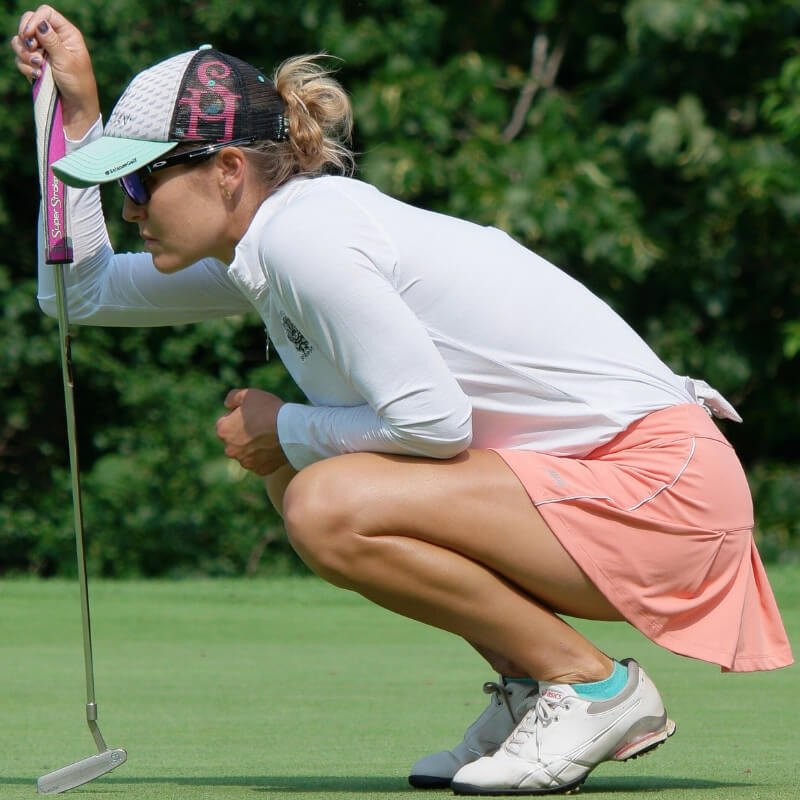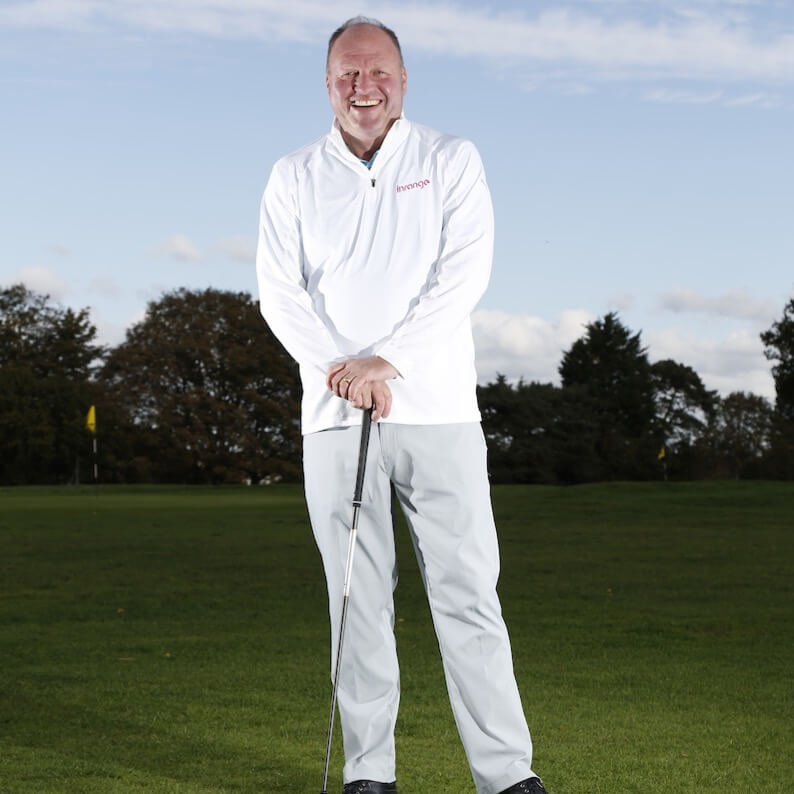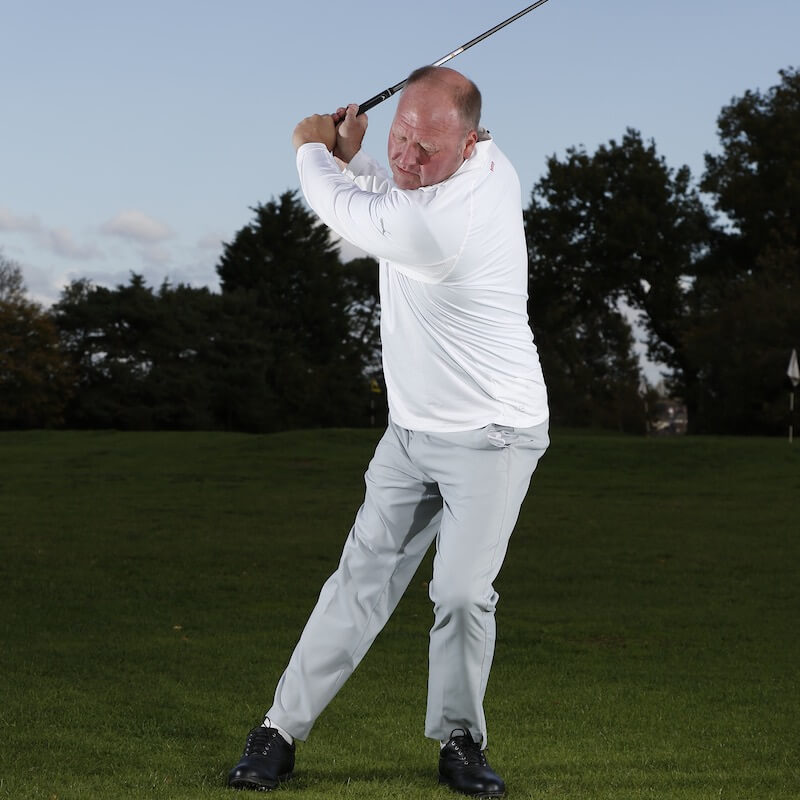Learn more about Reeves Weedon’s Golf swing
As featured in ‘Todays Golfer’ and ‘Women & Golf’
What is Weedon’s Way?
Weedon’s Way is my research-based golf swing,
Whether a beginner, a child, or an adult, people of all ages are being taught to move the club on a swing plane that is three-dimensional. In many ways, this is thought of as a necessity as if it were a maths times table but is this really so?
There are various approaches to teaching a golf swing: the conventional Modern Swing, Stack and Tilt, One Plane, Two Plane, and Right-sided methods to name a few. All of these methods have a dreaded AXIS tilt as their main component.
This lateral hip shift which creates side bend on the downswing is activated to get the club back to the ball. Moving with this side bend then creates massive torque on the lower spine and is harmful to your body.
Through extensive research at Michigan State and Northern Michigan Universities, we have replaced this tilt with a Transverse pivot, which is driven by the leg, rather than the hip. This eradicates the side bend and creates significantly less torque on the spine which gives you the potential to hit the ball further with less pain.
The Weedon’s Way Coaching Mission
Are you tired of a golf game where your niggling back or hip dictates how you swing from round to round?
English professional, Reeves Weedon, believes the best way to avoid golf injuries is to change the focus of your golf swing and has developed the ‘Weedon’s Way Lower Body Swing’ with outstanding results.
“The Weedon’s Way Lower Body Swing is based on a fundamental fact of physics, which is, that all power ultimately comes from ground force couples, that is, from pushing on the ground.
It is a whole body motion that doesn’t require special moves to get the club on plane, or preserve loft, or create lag. Consequently, the lower body golf swing offers maximum clubhead speed for input effort through efficient, and timely, transmission of force to the club head.
Unlike other golf swing approaches for senior golfers, the lower body swing directs the golfer’s attention to the movements that physics says powers the ball.”
Lower Body Pain-Free Golf Swing following Weedon’s Way




